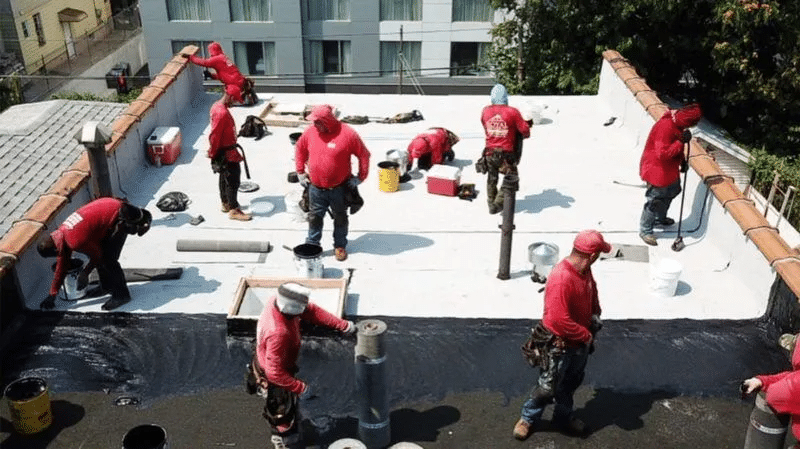Things To Know About Roof Underlayment

When it comes to protecting the integrity of a home’s roofing system, many homeowners tend to focus on the visible aspects, such as the shingles or tiles. However, one of the most critical components of a durable and long-lasting roof is often overlooked: the roof underlayment. By partnering with a skilled roofing contractor, homeowners can ensure that this essential layer is properly installed and maintained, providing an added layer of defense against the elements.
What is Roof Underlayment?
Roof underlayment is a water-resistant impediment that is put in between the roof deck and the perceptible roofing materials, like shingles or tiles. This critical layer serves several important functions, including:
- Delivering an extra barrier against water infiltration: In the event that the preceding roofing materials become compromised, the underlayment works to prevent water from infiltrating the roof deck and resulting in damage to the home’s interior.
- Enhancing the lifespan of the roofing system: By protecting the roof deck from moisture and other environmental factors, the underlayment can help to extend the overall lifespan of the roofing materials.
- Improving the installation process: The underlayment provides a smooth, stable surface for the installation of the primary roofing materials, helping to ensure a secure and long-lasting roof.
Types of Roof Underlayment
There are several different types of roof underlayment available, each with its own unique properties and benefits. Some of the most familiar options comprise:
– Asphalt-saturated felt: This traditional underlayment material is affordable and widely used, providing a basic level of water resistance. While it may not offer the same level of protection as more advanced underlayment products, it can still be an effective choice for some roofing applications.
– Synthetic underlayment: These advanced materials offer superior water resistance, enhanced durability, and improved installation characteristics compared to traditional felt. Synthetic underlayment is often more tear-resistant and can provide an added layer of protection against the elements.
– Ice and water shields: Designed to protect against the formation of ice dams, these specialized underlayment products are often used in colder climates. These materials are highly waterproof and can help to prevent the infiltration of water and the resulting damage to the home’s interior.
Choosing the Right Roof Underlayment
When assigning the proper roof underlayment for a home, it’s vital to evaluate factors such as the regional climate, the roofing materials being used, and the all-around budget. For example, in a region with heavy snowfall and the potential for ice dams, a homeowner may opt for a high-performance ice and water shield underlayment to provide the necessary protection. In a more temperate climate, a synthetic underlayment may be a more cost-effective and suitable choice.
By investing in a high-quality roof underlayment and working with a skilled roofing contractor at 118-35 Queens Blvd Forest Hills, NY 11375 (718) 414-6067 https://www.nycrenovators.com , homeowners can enjoy the peace of mind that comes with knowing their home is protected from the elements, both now and in the years to come.
